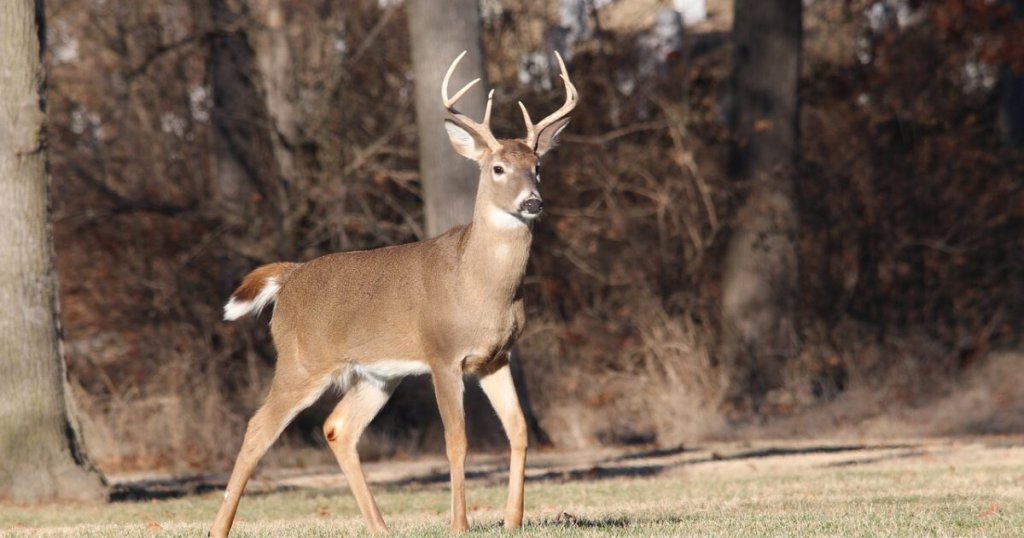The whitetail deer, as one of the most widely distributed deer species in North America, is known for its majestic horns, elegant gait, and sensitive perception ability. This article will delve into the ecological habits, habitats, and reproductive habits of white tailed deer, and answer some common questions about them.
What are the ecological characteristics of the white tailed deer?

Whitetail deer are medium-sized deer, with males usually slightly larger than females. Their fur color turns reddish brown in summer and dark brown in winter, with white tails at the bottom, which is why they are named. The white tailed deer has very large eyes and a keen sense of sight and hearing, making it a skilled hunter in the forest.
What are the habitat distributions of whitetail deer?
Whitetail deer are widely distributed in North America, including the United States, Canada, and Mexico. They mainly inhabit various environments such as forests, grasslands, swamps, and farmland. Strong adaptability is an important factor for the successful reproduction of white tailed deer, enabling them to adapt to diverse habitats.

What are the dietary habits of white tailed deer?
The white tailed deer is a herbivorous animal that mainly feeds on grass, tender branches, leaves, and aquatic plants. They have selective feeding habits, adjusting their diet according to seasonal and environmental changes to meet their nutritional needs.
What are the breeding habits of whitetail deer?

The breeding season of white tailed deer is usually in autumn. At this time, male white tailed deer will exhibit robust horns, engage in courtship behavior, and mate with females. The pregnancy period is about 200 days, and female white tailed deer usually give birth to one to two young deer in spring.
What are the natural enemies of the whitetail deer?
The natural enemies of white tailed deer mainly include large predators such as wolves, mountain lions, and leopards. In addition, they are also threatened by diseases, hunting, and vehicle traffic accidents.

How do the horns of the white tailed deer develop?
The antlers of white tailed deer are a unique characteristic of males. They grow from one year old and gradually increase in size every year until the end of their lifespan. The development of horns is closely related to factors such as the nutritional status, age, and genetics of white tailed deer.
What is the social structure of the white tailed deer?
White tailed deer usually live in small groups, consisting of females and their young. During the breeding season, males form separate territories and engage in mating activities with females.
How to protect the white tailed deer and its habitat?

In order to protect the whitetail deer and its habitat, a series of measures have been taken, including establishing nature reserves, promoting sustainable forestry and agricultural management, restricting hunting activities, and conducting public education on wildlife traffic accidents. These efforts contribute to maintaining the health and ecological balance of the white tailed deer population.
The whitetail deer, as a unique and beautiful wild resident of North America, carries rich ecological and cultural significance. A deep understanding of its ecological characteristics, habits, and conservation status can help people better understand and respect this precious natural resource. Through scientific conservation measures, we can work together to ensure the sustainable development of the white tailed deer and its habitat, allowing this unique species to continue to thrive in the future.
Send us your requirements now, we will reply to your email within 24 hours
